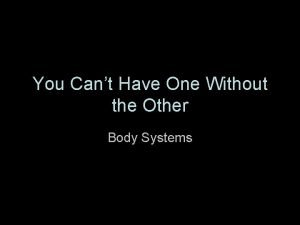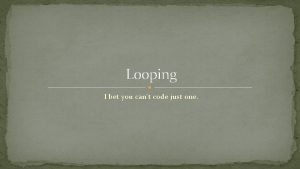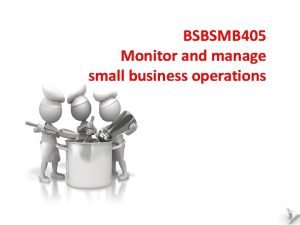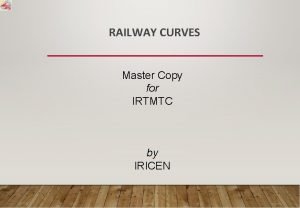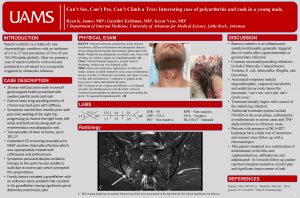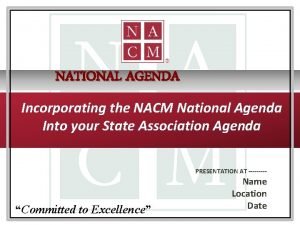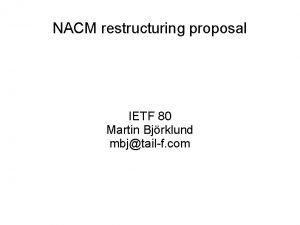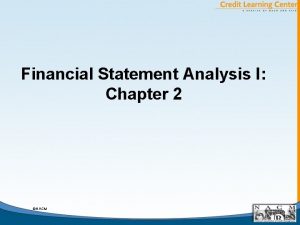2013 NACM You cant manage what you cant










- Slides: 10

© 2013 NACM You can’t manage what you can’t measure! Throttle-Net profit margin Stick-Total asset turnover Flaps-Leverage

FINANCIAL ANALYSIS Separating a thing (financial statements) into parts: Turnover & Leverage Margins Balance Sheet Income Statement Off Balance Sheet Financing Notes Cash Flow Statement Cash Profits Versus Accounting Profits MD&A Financial Condition & Operating Results

Net Income Equity ROE is Net Profit Margin x Total Asset Turnover x Leverage Return on Assets Net Income Sales Margins x Sales Assets Turnover x Assets Equity Leverage

ROE = Net Income Equity NI Sales x Sales Assets x Margins x Turnover x Assets Equity Leverage Balance Sheet Income Statement Sales COG Gross Margin Operating Expenses Operating Margin Interest & Taxes Net Profit Margin Left – debit Right - credit Current Debt Long-term Debt Total Debt Long-term Investments Equity Financing

ROE / Five Step Process Ø Margins Ø Turnover “Analysis of steps 1 through 4” Ø Leverage Ø Cash Ø Recommendation

Margins (Income Statement) Operations • • Sales growth Return on equity (ROE) Return on Investment (ROI) Gross profit margin – Sales and Cost of goods sold • Operating profit margin – Operating expenses • Net profit margin

Turnover (Balance Sheet) • • Asset Management Accounts receivable in days Inventory in days Accounts payable in days Total asset turnover

Leverage (Balance Sheet) Financing • • • Debt ratio Long-term debt to total capital Debt to equity Times interest earned Fixed charge coverage ratio

Cash • • Current ratio Quick or acid test ratio Cash flow from operations Cash flow liquidity ratio Working capital Trade cycle Cash conversation cycle

Recommendation • Support the decision with your analysis of: – Operations – Asset management – Leverage – Cash – Yes or no and what credit arrangements
 You cant manage what you dont measure
You cant manage what you dont measure If you cannot measure it you cannot manage it
If you cannot measure it you cannot manage it If you can't measure it you can't manage it
If you can't measure it you can't manage it You cant manage what you dont measure
You cant manage what you dont measure Finanzkennzahlen
Finanzkennzahlen If you can t beat them join them
If you can t beat them join them You can't have one without the other
You can't have one without the other I bet you cant
I bet you cant Close your eyes imagine that you are the protagonist
Close your eyes imagine that you are the protagonist Manage and maintain small/medium business operations
Manage and maintain small/medium business operations Degree of curve in railway
Degree of curve in railway






